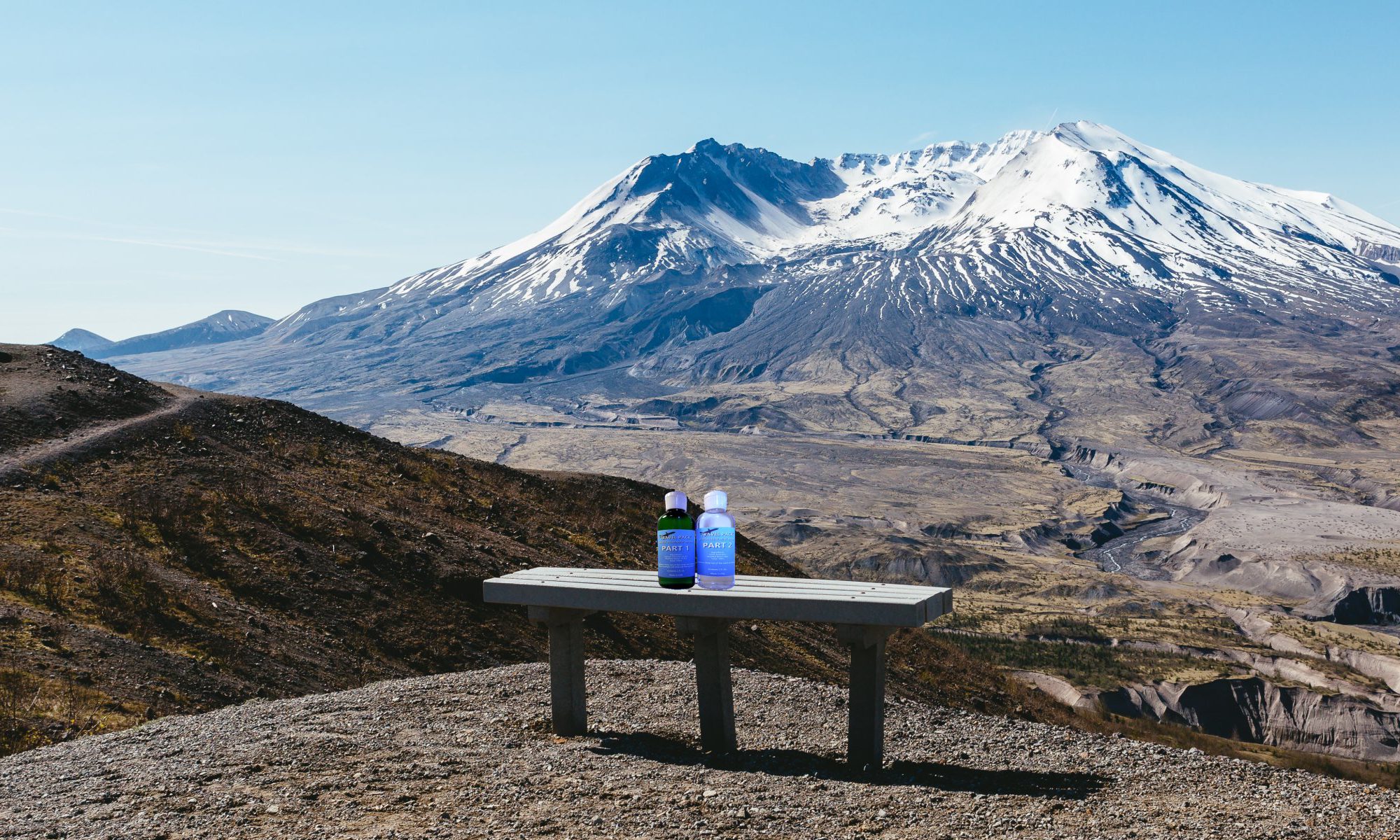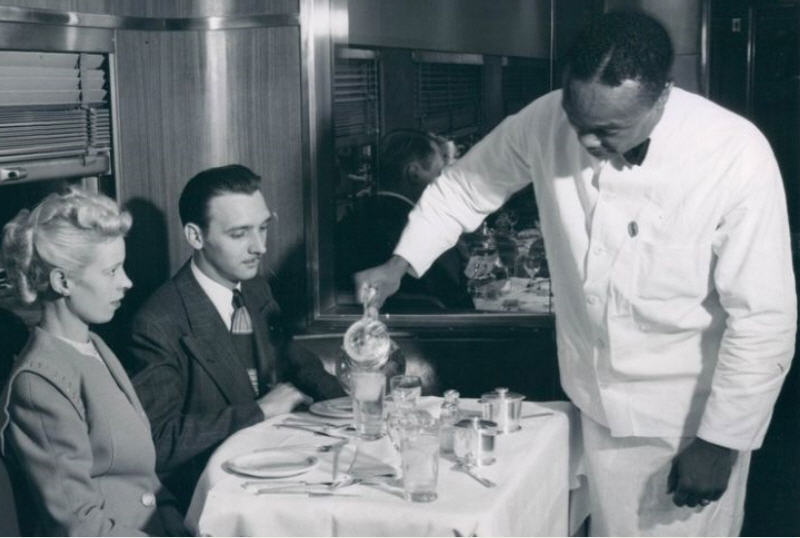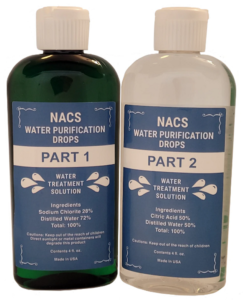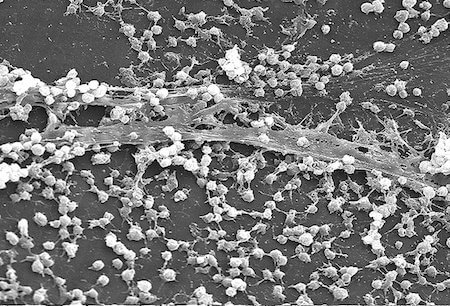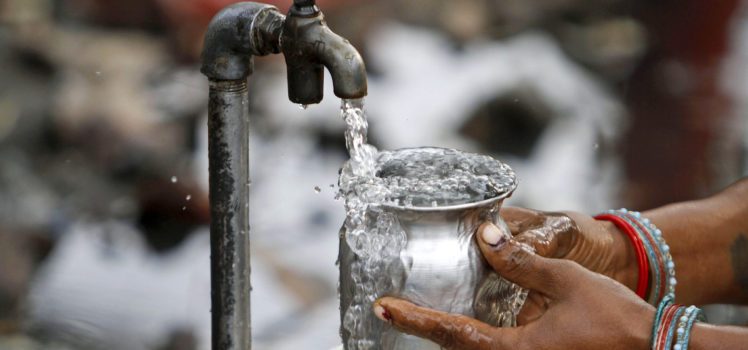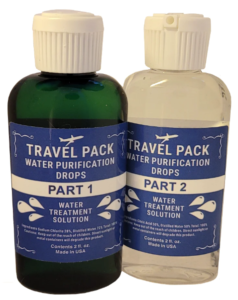Chlorine dioxide is a chemical compound that has gained a reputation as a highly effective water treatment solution. Chlorine dioxide water treatment has been used for many years to purify water in industrial and municipal settings, as well as by individuals who need to treat their water while out in the field, such as hikers, campers, and explorers.
The discovery of chlorine dioxide’s effectiveness as a water treatment solution can be traced back to the early 19th century. In 1811, Sir Humphry Davy, a British chemist, first observed the bleaching properties of chlorine dioxide while experimenting with potassium chlorate and hydrochloric acid. However, it wasn’t until the mid-20th century that chlorine dioxide was recognized as a potential water treatment solution.
One of the first recorded uses of chlorine dioxide water treatment was in Germany in the 1940s. During World War II, German scientists began using chlorine dioxide to purify drinking water for soldiers in the field. The German military found that chlorine dioxide was highly effective at killing bacteria and viruses in water, and it was also able to remove unwanted odors and tastes. Following the war, the use of chlorine dioxide as a water treatment solution spread throughout Europe and eventually to other parts of the world.
In the United States, the use of chlorine dioxide water treatment began in the 1950s. Initially, it was used primarily in the pulp and paper industry to bleach wood pulp. However, in the 1960s, chlorine dioxide water treatment was deemed effective in killing bacteria and viruses, as well as in the removal of unwanted tastes and odors. This quickly made chlorine dioxide water treatment the popular choice for municipal water treatment.
One of the key advantages of chlorine dioxide water treatment is its versatility. Chlorine dioxide water treatment drops can be used to treat a wide range of water sources, including surface water, groundwater, and wastewater. It is also effective at removing a wide range of contaminants, including bacteria, viruses, protozoa, and algae. Unlike other water treatment solutions, chlorine dioxide does not react with organic matter in water to produce harmful byproducts, such as trihalomethanes (THMs).
Chlorine dioxide is also highly effective at controlling biofilm growth in water systems. Biofilms are slimy layers of bacteria that can build up on surfaces in water systems and lead to the growth of harmful pathogens. Chlorine dioxide can penetrate the biofilm layer and kill the bacteria, helping to prevent the growth of harmful pathogens.
Today, chlorine dioxide water treatment is widely used as the primary solution in a variety of settings. It is used to treat municipal drinking water systems, as well as in industries such as food and beverage processing, pulp and paper production, and oil and gas exploration. It is also a popular choice for individuals who need to treat their water while out in the field, such as military, explorers, hikers, and campers.
When treating water in the field, chlorine dioxide travel pack water treatment drops can be used in a number of different ways. One of the most popular methods is to use a two-part chlorine dioxide kit which when combined in equal parts creates chlorine dioxide on site in 30 seconds, then it is added to water to purify it. These kits typically contain a predetermined percentage of sodium chlorite and citric acid respectively, which when mixed and allowed to activate for 30 seconds creates chlorine dioxide. These drops are highly effective at killing bacteria and viruses.
